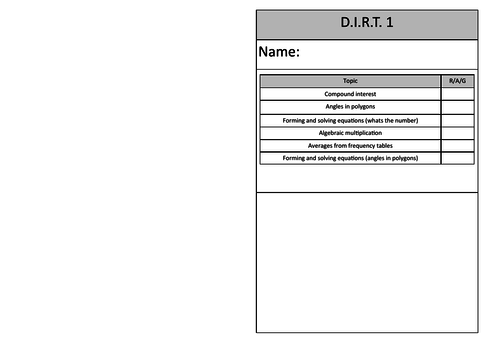Mr. W's Maths Mastery
I have been teaching for a fair few years now. All my resources are tried and tested and I have only uploaded resources that have worked really well. I teach for understanding and mastery, and believe this is reflected in my resources. Any feedback or suggestions would be appreciated!





















